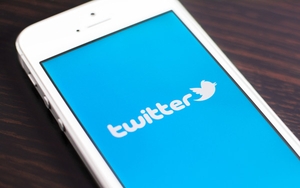 Twitter hypothesized that viewers respond differently to commercials, based on their emotional reactions to the content they are currently viewing.
Twitter hypothesized that viewers respond differently to commercials, based on their emotional reactions to the content they are currently viewing.
Starcom and Twitter partnered with Canvs,
a social TV analytics company that measures emotional reactions based on social media content. Comparing the emotional content of tweets to ad recall showed that users who reacted emotionally to a
show had higher rates of ad recall.
The study also found that users who were actively following a conversation on Twitter about the show they were watching were 62% more likely to recall ads
as well.
“This research shows that audiences who are emotionally invested in a TV show are more responsive to both TV advertising and corresponding Twitter advertising — finally
dismissing the nagging notion of the distracted social viewer. Social and emotional TV data combined help illustrate the value of emotional engagement for brands beyond a single impression on either
screen,” stated Kate Sirkin, global head of audience measurement, Publicis Media.
advertisement
advertisement
In addition, 61% of viewers who used key emotional words in their
tweets while following a TV show said they would purchase from the brands that advertised either now or in the future.
Coordinating ad campaigns across screens can be enormously effective for
brands looking to engage viewers whose attention is increasingly fragmented. By associating with the strong emotions a show can generate, brands can generate higher rates of recall.